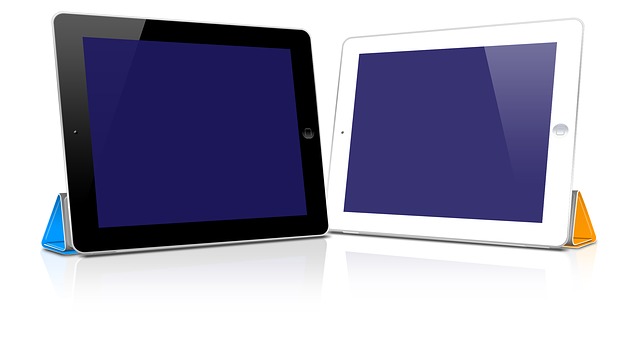By: Daniel Azzinaro Information released from the Center of Disease Control (CDC) specify that 1 out of 68 children in the United States will be diagnosed with an Autism Spectrum Disorder (ASD). As resources become rarer, instructors find it more and more difficult to meet the needs of individual st...
By: Daniel Azzinaro
Information released from the Center of Disease Control (CDC) specify that 1 out of 68 children in the United States will be diagnosed with an Autism Spectrum Disorder (ASD). As resources become rarer, instructors find it more and more difficult to meet the needs of individual students with the labor-intensive traditional methods that currently dominate teacher training programs. People with ASD have a need for, and a right to, the same range of communication options available to everyone else. Today, most people use multiple devices to address their communication needs. The impression that only a single communication device can meet all the requirements no longer makes sense.
There are two purposes for technology supports. First, for Alternative and Augmentative Communication (AAC), and second, as a motivating teaching tool or strategy for increased independence. For this second purpose, technology can serve as a support for academics and literacy, social skills, vocational training, for leisure time pursuits, and daily living. Some needs may be met by the mainstream device, while others may require accessories and techniques specifically designed for them. Multiple use technology extends past our current technology and at a significant lower cost.
Utilizing technology like tablets and other hand-held devices are useful tools because they are flexible and portable, unlike other steadfast devices that often can be heavy and cumbersome. A hand-held device is easily carried and can promote peer acceptance. The touch screen and layout are more accessible for individuals with coordination or learning difficulties—sliding and tapping are easier than typing. Technology can improve communication with others by the timely use of email or texting, which has a cost and time savings. Technology allows for adaptability and motivation.
Many people with ASD are visual thinkers. According to Temple Grandin, authors, speakers, and an individual with ASD, pictures are their first language, and words are their second language. As concrete, literal, visual thinkers, individuals with autism can process information better when they are looking at pictures or words to help them visualize information. Technology just makes visual images more accessible to the individual with ASD. Computer graphics capture and maintain their attention.

